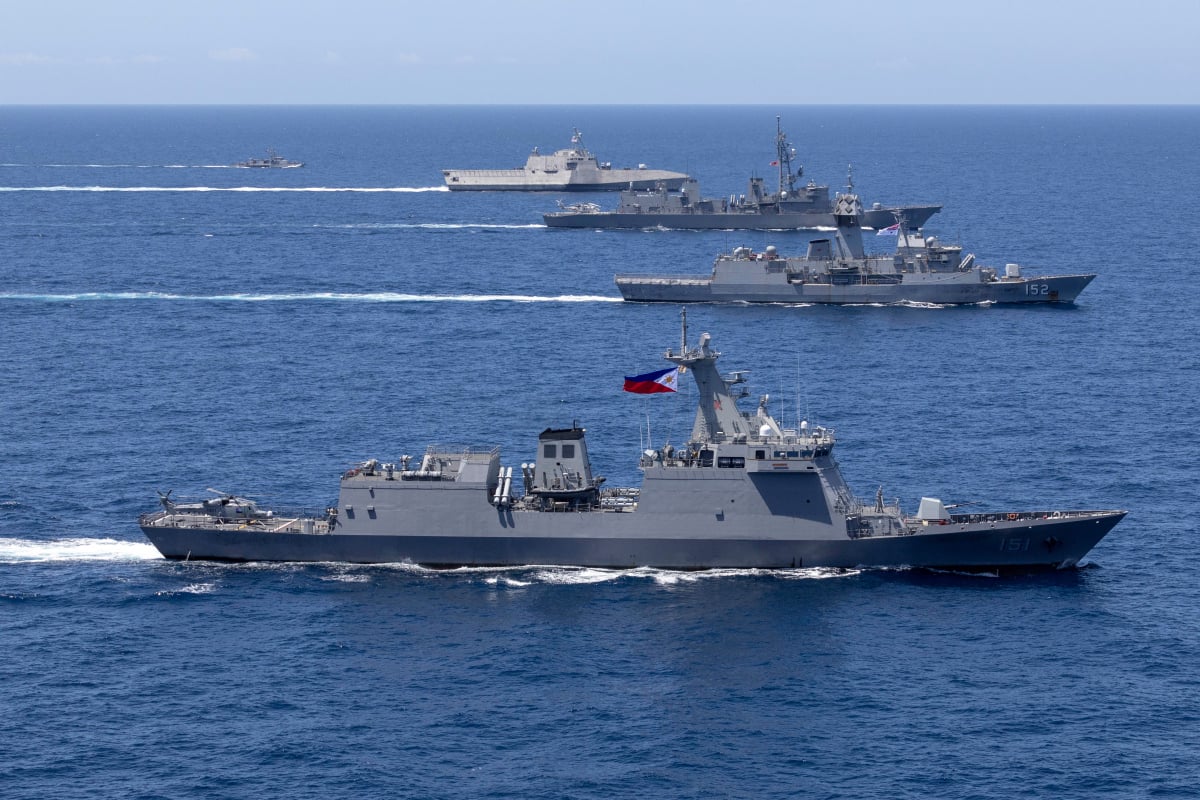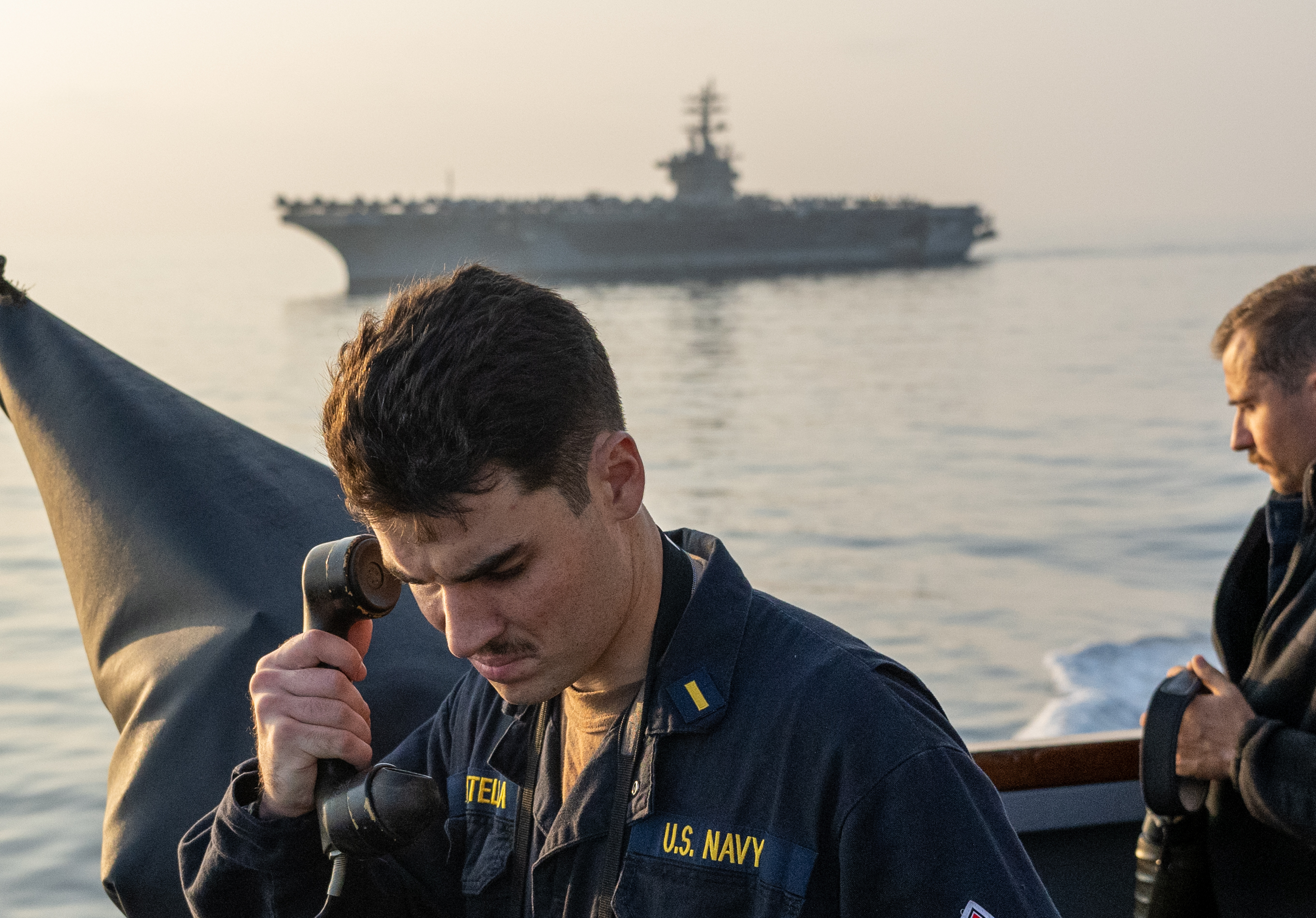
In the lead-up to the recently concluded G-20 summit in Brisbane, Australian Prime Minister Tony Abbot had a lot of tough words for Vladimir Putin.
Understandably outraged at the all-but-certain Russian involvement in the July downing of MH-17, a tragedy in which almost 40 Australian citizens were killed, Abbot repeatedly and publicly promised to aggressively confront Putin over his government’s role in fomenting unrest in eastern Ukraine.
Other Western politicians—such as Canadian Prime Minister Stephen Harper—were also very public in their criticisms of Putin and Russia in the lead-up to the conference, and made the most aggressive-sounding promises compatible with diplomatic norms.
In that atmosphere of criticism it was not exactly a coincidence that the Russians dispatched a flotilla of warships toward Australia. And the meaning wasn’t particularly subtle, either.
To be clear, because many press reports have been confused about the specific details, there were actually two small Russian flotillas on maneuvers in the Pacific over the past several weeks.
The first group, which largely stayed within the Philippine Sea, consisted of the Moscow (a Slava-class guided-missile cruiser), and the destroyer Admiral Vinogradov. The second flotilla, which was erroneously said to comprise “four Russian warships,” was the one that attracted so much attention from the Australian media. In reality, that group of ships actually only had two military vessels: the missile cruiser Varyag (also a Slava-class, and the current flagship of the Pacific Fleet), and the destroyer Marshal Shaposhnikov. The other two ships were support vessels—a support tanker and a small tugboat.
Despite all of the headlines that they generated, the Russian ships didn’t really do all that much. The first flotilla conducted some minor live-fire drills during its time in the Philippine Sea, but the second seemed to just steam toward Australia without any other obvious goals.
After being approached by several ships from the Royal Australian Navy, including the frigate Parramatta, the Russians and Australians eventually engaged in some “communications drills.” It’s unclear who first proposed the move, and Australian and Russian media accounts differ slightly in their descriptions. Whoever came up with the idea should be thanked, because even though it was far more of a formality than it was any kind of scheduled military exercise, it allowed everyone to exit the situation with a modicum of grace.
The Russians barely tried to hide their true intentions. Even the official Russian media, which can be very creative in crafting justifications for various kinds of maneuvers of Russia’s armed forces, literally said that Moscow flotilla’s mission was to “show the flag” around the Pacific. That even the state-run media didn’t bother to come up with a legitimate need for the show of force indicates just how naked the grandstanding was in this particular instance. The flotilla was a clumsy way of saying “we’re here, we matter, and you ignore us at your peril”—and it was deliberately timed to generate the maximum possible attention.
The Russian navy might not be back to the same form it enjoyed during the heyday of the Soviet Union, but it is in good enough shape that it can now be used as a very effective (if not particularly subtle) instrument to demonstrate Russia’s presence. Russian naval activity has increased substantially over the past five years, and deployments to foreign ports-of-call (which were once so rare they merited front-page headlines) are now commonplace.
In addition to the six ships in the Pacific during the G-20 conference, it’s noteworthy that at least two other Russian vessels, the frigate Yaroslav Mudry and the tanker Kola, were on deployment in the Indian Ocean. Mudry recently docked at the Sri Lankan port of Colombo as part of a “goodwill visit.” The Russian warship and its crew are scheduled to take part in an exercise with their Sri Lankan counterparts, then will depart by the end of the week.
This level of activity is boring for the U.S. Navy, but for a Russian fleet that barely put to sea during the 1990s it’s a more aggressive tempo of operations.
Russia’s actual ability to project power over the seas remains highly constrained. All of the ships discussed above were designed first and foremost as surface combatants: they have little capacity for bombarding targets on land and no ability to put ground forces ashore. The primary purpose of Russia’s navy isn’t—and won’t be for the foreseeable future—to actually defend the country’s interests overseas. Instead the navy serves primarily as a display of the country’s global significance and its status as a “great power.”





